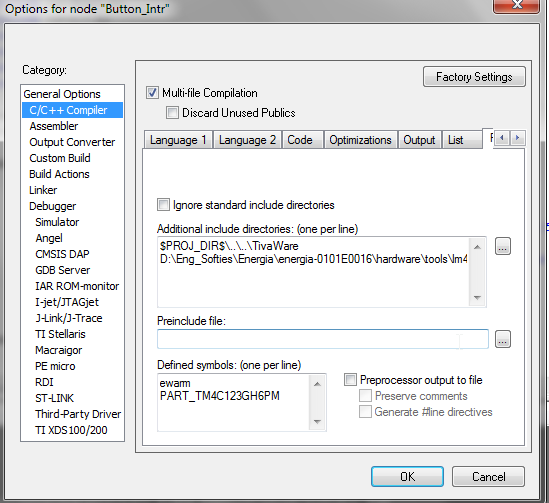I am using the launchpad in a CAN application and would like to use SW1 to change state. What does the interrupt look like for this button (GPIO pin PF4)?
-
Ask a related question
What is a related question?A related question is a question created from another question. When the related question is created, it will be automatically linked to the original question.



